Last October, I received a sample of the 009 racket, and from the moment I tried it, I couldn’t put it down. Its exceptional speed experience still stands as the pinnacle of swing speed among Bonny’s creations. Light yet highly elastic, it offers a sharpness that doesn’t compromise on power, providing me the best comfort after losing the 90S. Despite its initial instability and lack of solidity, I still chose the 009 as my main racket for a considerable amount of time.
However, after trying out the 46w, which shares the same lineage but is tuned for a vastly different style, I was captivated by its fierce aggression. This made me ponder a longer-term question: how far can the 009 truly accompany me?

Specifications:
- Weight: 4UG5, unstrung 84g, balance point at 295mm
- Strung and without grip: total weight 84.6g
- Frame: Fully aerodynamic, 8-4 point grooves, 76-hole string bed
- Tension Warranty: 30lbs, strung at 24-26lbs with VBS66N.
Visually, the 010 and 009 have only a few minor differences: the color of the cone cap (one white, one black), the color drip paint near the T-joint (one yellow, one white), and some localized color changes in the frame’s pattern. It’s still as attractive as ever, with these slight differences not altering its youthful and appealing essence. However, compared to the equally eye-catching 46w/f35a, it exudes a more rebellious vibe.
Here’s a fun fact: Both the f35a and 010, when strung without grip, have a weight difference of just over 1g, with the f35a being slightly heavier. Considering that the 010 was made to an 84g specification, does this mean that both rackets have some deviation?
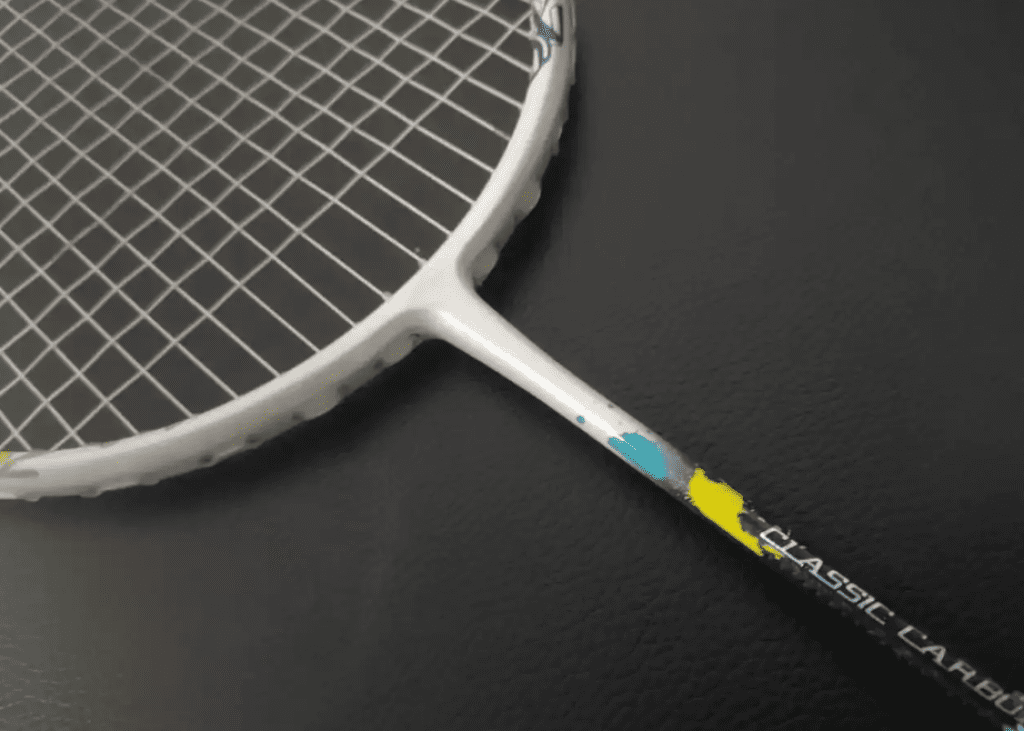
Last year, I had no idea there was a 010 version of the J20, and based on my limited understanding of Bonny at the time, I was more inclined to think that different series with different numbers released simultaneously only varied in paint and specifications, with essentially the same core. So, when I learned of the 010’s existence, I didn’t care much, nor did I see it as a new racket, and I wasn’t interested in it.
However, when I warmed up with the 010 on the court, I felt a difference—it had indeed changed. Undoubtedly, the 009 is the more nimble of the two, but the 010 offers greater adaptability. Although the slight increase in weight doesn’t visibly affect fast-paced continuous swings, it does provide better control and confidence when rallying high clears. I learned from the retailer that the 009 was made to an 82g specification, while the 010 was 84g. This 2g difference is like adding a pinch of salt to red bean soup—it may seem to counteract the sweetness, but in fact, it enhances the flavor, adding a fuller dimension to the taste.
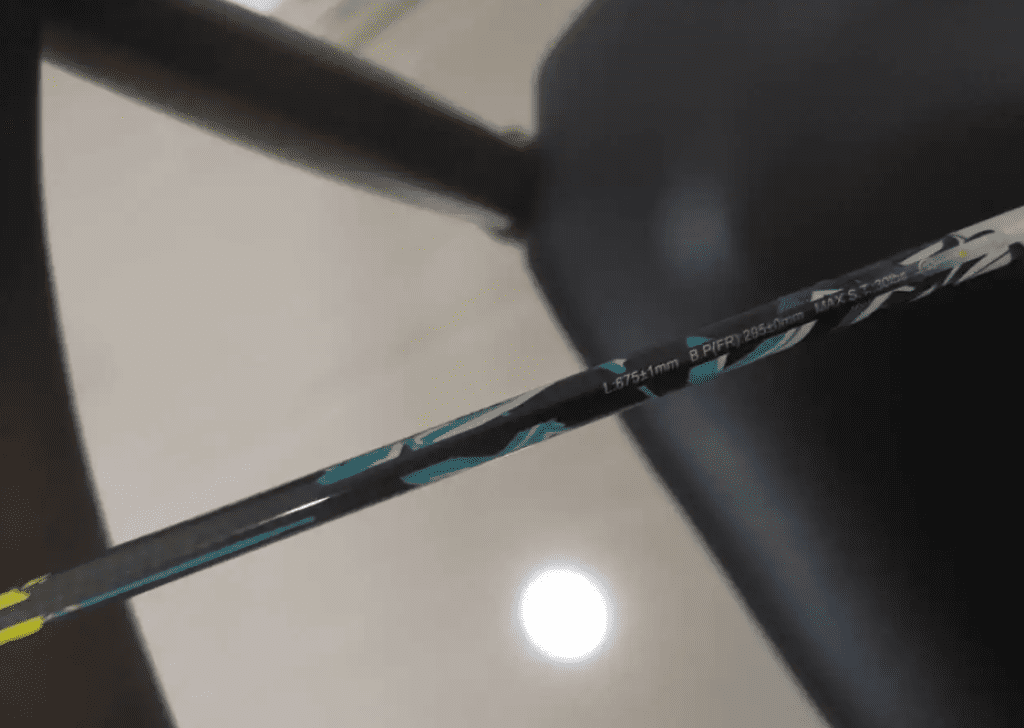
I was careless, really. It wasn’t until I took the racket to the court and compared them side by side that I realized the performance differences. Not only that, but even though the 009 is still quicker in quick exchanges at the mid-court, the 010 is the one that remains more stable and composed in fast-paced situations, with improved shot feel and better directional control, avoiding rash decisions. The 009 might make bold moves like “Let’s just go for it and see who backs down,” but the 010 is more seasoned, saying, “I won’t be slower, and I’ll leave the rest to you.”
At the net, the 009’s quick response and control feel a lot like Le Coq’s “Let’s go” on a Friday at the French Open, perfectly executing net kills and pushes. But in the backcourt during a rally, without enough experience to find the right pressure/angle for downward shots, its lack of a decisive backcourt winner can easily lead to being toyed with by a skilled opponent. Even if you get emotional, all you can do is shout “Nooooo!” The 010, on the other hand, doesn’t show significant improvement here. Compared to other works in the J20 series, both the 009 and 010’s attacking power is like McLaren’s GP2 engine era—“GP2 engine, GP2… Ah!”
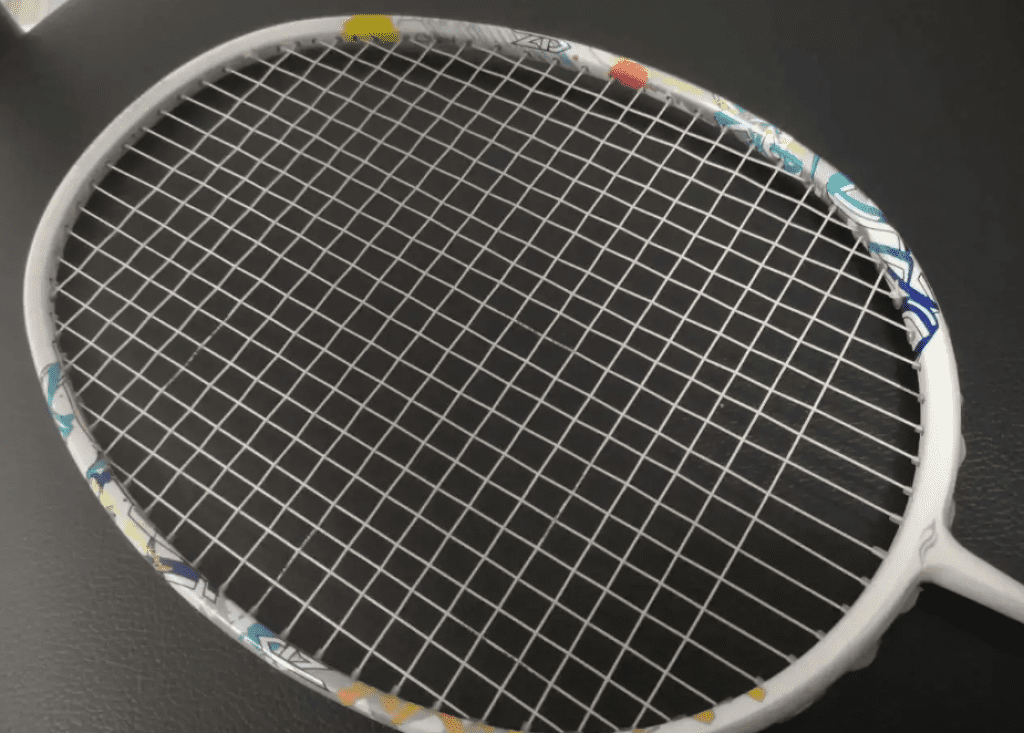
But at least, the extra layer of carbon fiber in the 010 ensures better support for higher string tension and adds more resistance to torsion, giving it an extra edge. Even if it can’t directly score with downward shots, it allows for more control in extended rallies, maintaining the initiative, and through coherent changes in shot placement, tearing open the opponent’s defense.
Furthermore, with controlled swing weight, the added weight of the 010 helps users better find the feel of borrowing power. So, in terms of that “sweet” feeling, the 010 is actually stronger, making it a speed racket that’s more suitable for a wider range of players.
I’m a bit reluctant to admit it, just like a wounded Gilgamesh acknowledging Shirou’s strength in UBW. Compared to the more experimental 009 that I adore, the 010 is the more mature one. No wonder it’s the most well-received J20 model in the equipment library.
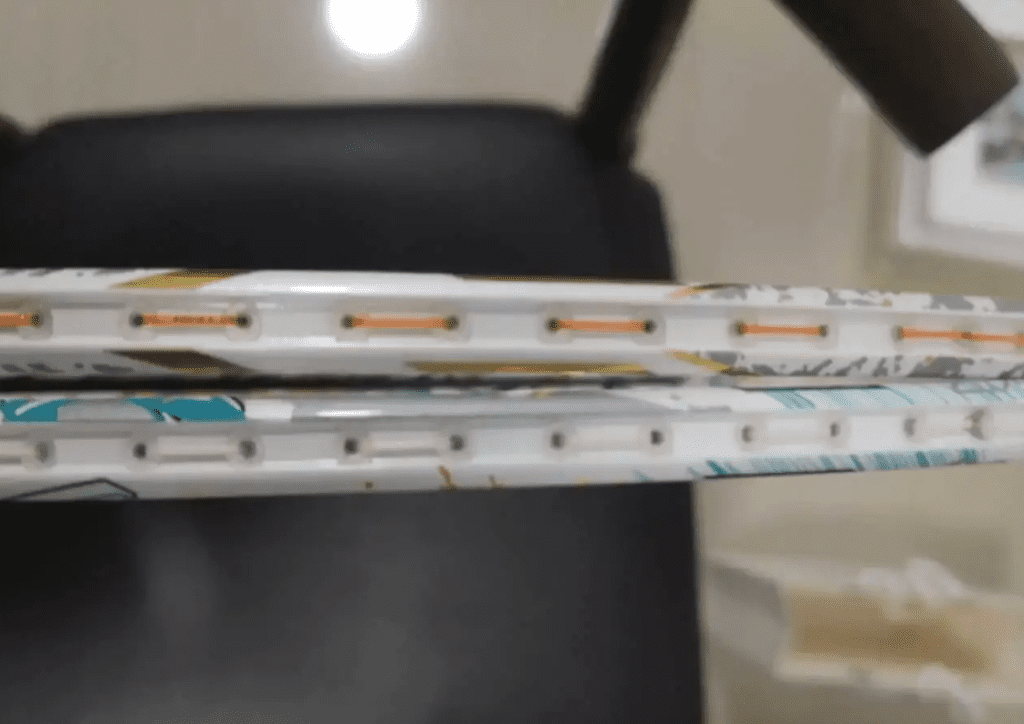
So, with the J20 series, which focuses on “speed and attack,” I have now experienced the four derivatives that emerged in the past year, each branching out into speed and attack. Drawing conclusions isn’t difficult—just list and rank them. In my opinion, under the same specifications, in terms of maneuverability and swing speed for quick exchanges: 009 > 010 > > f35 ≥ 46w; in sweetness: 010 ≥ 009 > > f35 ≥ 46w; in attack quality with physical exertion: 46w ≥ f35 >> 010 ≥ 009; in subjective control quality during rallies: f35 ≥ 010 ≥ 46w > 009. For singles players, rackets with a balance point above 300 are definitely the better choice, as they also meet the needs for backcourt attack. But for those who prioritize a comfortable experience, primarily playing doubles and looking to create opportunities at the front court or finish off shots, or for amateurs with less power or female players, the 009/010 might be better suited.
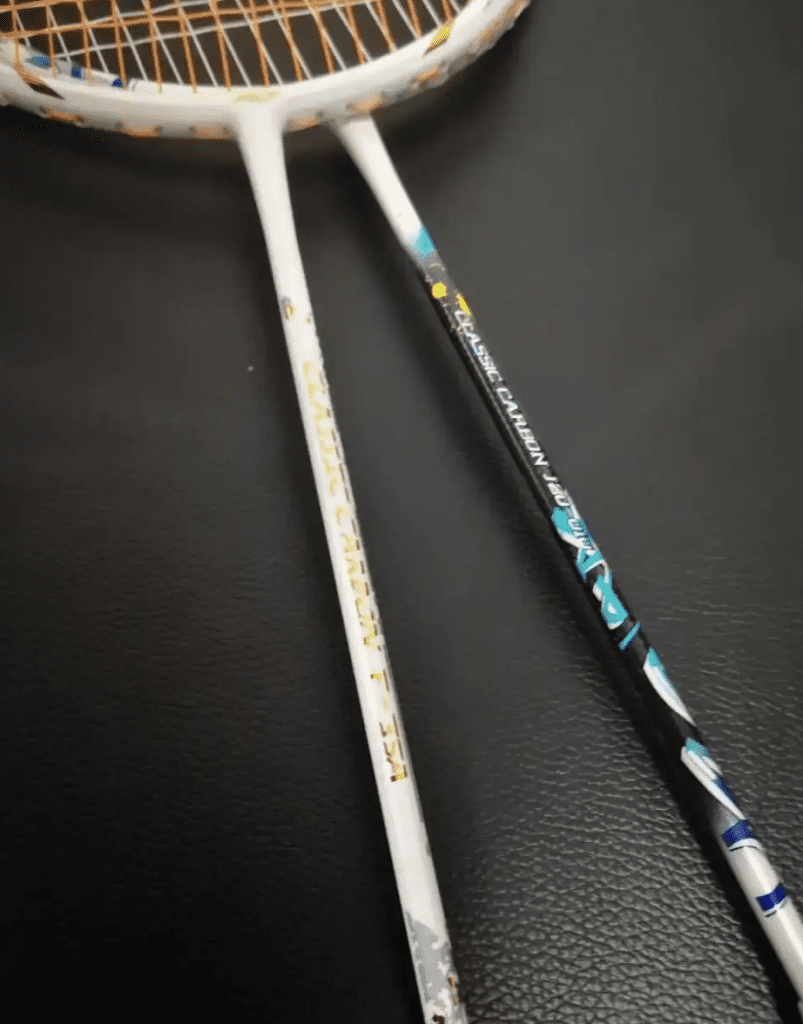

Leave a Reply